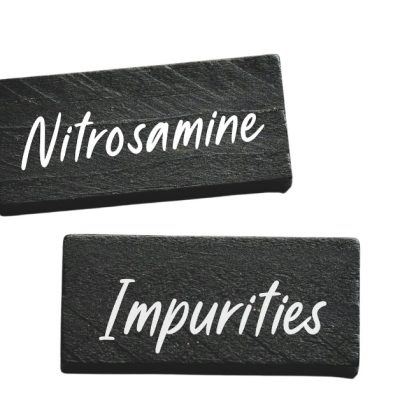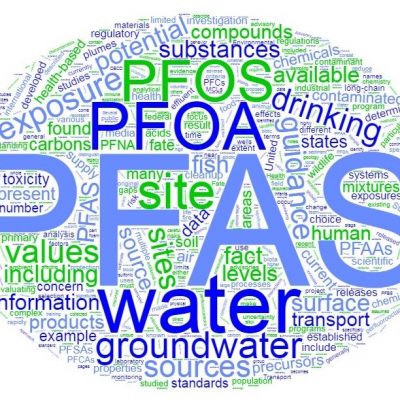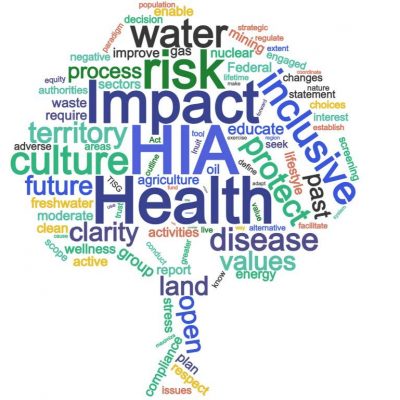Changes to Alberta Tier 1 Soil and Groundwater Remediation Guidelines for Human Health for Dioxins and Furans Explained
Alberta Environment and Protected Areas (EPA) released an update to the Alberta Tier 1 Soil and Groundwater Remediation Guidelines on June 27, 2024. As part of that update, changes were made to the Alberta Tier 1 Soil and Groundwater Remediation Guidelines for dioxins and furans. The changes are based on the findings of a panel …
Read More ⇨Acceptable Intake Limits Now More Clearly Defined for Nitrosamine Impurities and Nitrosamine Drug Substance-Related Impurities (NDSRIs)
Nitrosamines are a class of compounds with the chemical structure shown in Figure 1. In the International Council for Harmonisation (ICH) M7(R1) Assessment and Control of DNA Reactive (Mutagenic) Impurities in Pharmaceuticals to Limit Potential Carcinogenic Risk guidance document (ICH 2018), nitrosamine compounds were identified as a “cohort of concern” based on potent genotoxicity observed …
Read More ⇨Ethylene Glycol and Diethylene Glycol Contamination Risks and FDA’s New Guidance on Testing in High-Risk Drug Components
The FDA has recently issued new guidance for the pharmaceutical industry regarding the testing of ethylene glycol (EG) and diethylene glycol (DEG) in high-risk drug components in response to recent reports of fatal poisoning from DEG- or EG-contaminated oral liquid drug products1. In early 2023, the World Health Organization (WHO) issued worldwide health alerts regarding …
Read More ⇨Climate Change and Health Vulnerability Assessments
Introduction Climate change and population health are intrinsically intertwined. The impacts of climate change on health, safety and well-being are extensive and wide-ranging. These impacts include fatalities and injuries due to severe storms, landslides and floods; an increase in infectious diseases, including those from water-borne pathogens; heat-related illness and respiratory and cardiovascular disorders; increased UV …
Read More ⇨Risk Assessment and Traditional Food Consumption
Traditional food refers to those foods that are harvested from the local environment, including small and large game, birds, fish, and plants. Diets that include traditional foods are often more nutritious than those of market foods alone. Hunting, harvesting and preparing traditional foods with family and community members facilitates intergenerational knowledge transfer and contributes to cultural …
Read More ⇨Digging for Answers in Ontario’s Excess Soil Regulation and Beneficial Reuse Assessment Tool (BRAT)
Excess soil and the benefits of excess soil reuse Excess soil refers to soil that has been excavated from a site (typically during construction or redevelopment activities), which can no longer be used at the development site. Local reuse of excess soil can have many financial and environmental benefits associated with marked reductions in transportation …
Read More ⇨Priority Review vs NOC/c – Which Pathway is Right for Me?
Drug development and innovation is incredibly important to those with life-threatening and severely debilitating conditions. The process of getting a drug from discovery to the market is lengthy, taking an average of 10 years. However, expediting the process is difficult, as research and clinical trials take up a significant amount of time and cannot be …
Read More ⇨New Soil and Groundwater Quality Guidelines from the Canadian Council of Ministers of the Environment and Implications for Contaminated Sites Assessment in Canada
The Canadian Council for Ministers of the Environment (CCME) released soil and groundwater quality guidelines (see Table below) for the protection of human and ecological health for perfluorooctane sulfonate (PFOS) on September 21, 2021. CCME (2021) Soil Quality Guidelines for the Protection of Human and Ecological Health for Various Land Uses Agricultural Residential/Parkland Commercial Industrial …
Read More ⇨Health Impact Assessment in Canada’s Impact Assessment Process
Introduction The new Canadian federal Impact Assessment Act requires that human health be assessed by employing the “best practices in Health Impact Assessment methods” for federally designated projects. As such, under the new Impact Assessment (IA) process, there is a greater focus on assessing the potential impacts on human health and well-being. The new requirements …
Read More ⇨New HHRA Guidance in BC
The British Columbia Ministry of Health recently issued its first version of the Guidance for Prospective Human Health Risk Assessment. The document is available for comment for one year, after which it will be updated to reflect current regulations and policy, and incorporate appropriate feedback. After that time, BC MOH notes that the guidance document …
Read More ⇨Nitrosamine Impurities – Clearing up the Obscurities
Nitrosamine Impurities – The Basics Nitrosamines (also referred to as N-nitrosamines) are compounds that contain a nitroso group bonded to an amine group. They are typically formed through a condensation reaction between an amine and nitrous acid. We have known about the existence of nitrosamine impurities for quite some time as they are commonly found …
Read More ⇨Study Monitoring During A Pandemic – What You Need To Know About Virtual And On-Site Monitoring Of Nonclinical Studies
COVID-19 has had an unmeasurable toll on us both personally and professionally. It has affected every aspect of our lives, including the monitoring of nonclinical studies. Arguably, monitoring has been impacted more than most other aspects of drug development. While restrictions have loosened during the pandemic, working in tightly regulated environments such as nonclinical CROs …
Read More ⇨Radon
Radon is a radioactive gas that is found naturally in rocks, soil and water. Radon is formed by the natural breakdown of uranium in soil and rocks. Radon gas moves through the ground and can enter a home through cracks in floors, walls and the foundation. Radon levels will vary from one house to another, …
Read More ⇨Lead in Drinking Water
The level of public concern related to lead in drinking water is high, due to the reports of community exposures reported in the media in recent years. While the various governmental organizations in Canada and the US have lead-management strategies in place, the situation is complex. Why is lead present in drinking water? Lead is present …
Read More ⇨Perfluoroalkyl Substances (PFAS) – What are they and how do they affect me?
Perfluoroalkyl Substances (PFAS) – What are they and how do they affect me? What are PFAS? Perfluoroalkyl substances (PFAS) represent a group of man-made fluorinated organic compounds that are highly stable and persistent in the environment. These compounds have been used in industrial applications and consumer products since the 1950s, and many different PFAS have …
Read More ⇨












